Crafted Labs - Know Your Customer
Tools to help understand audiences better.
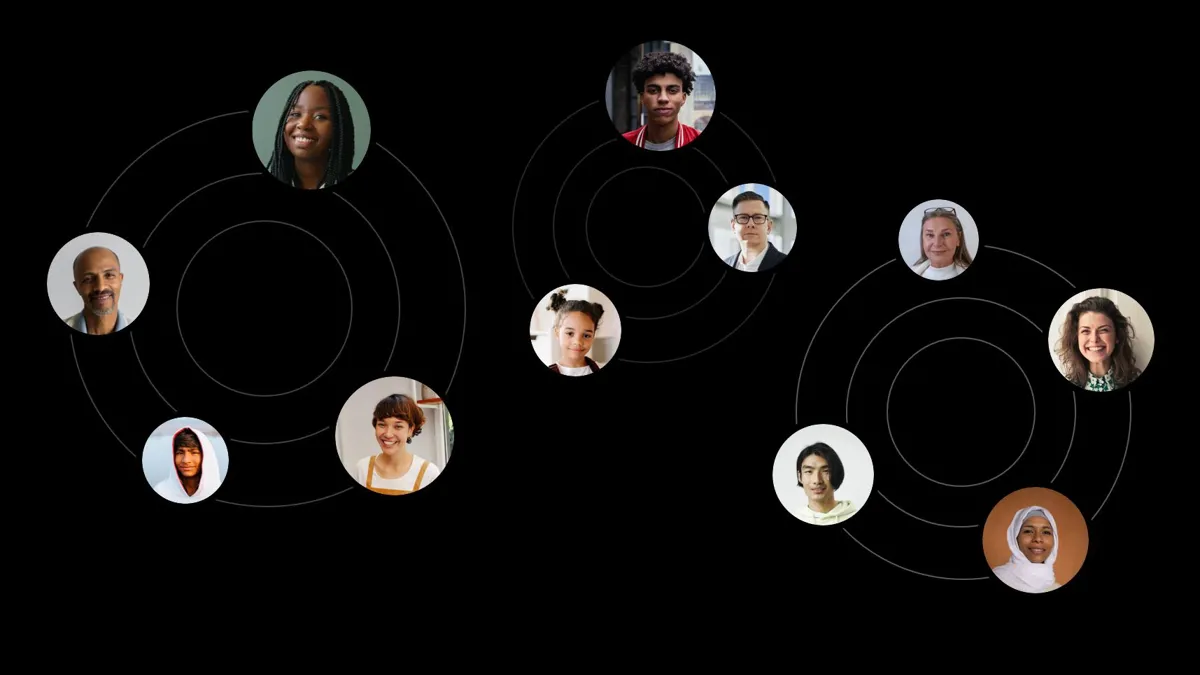
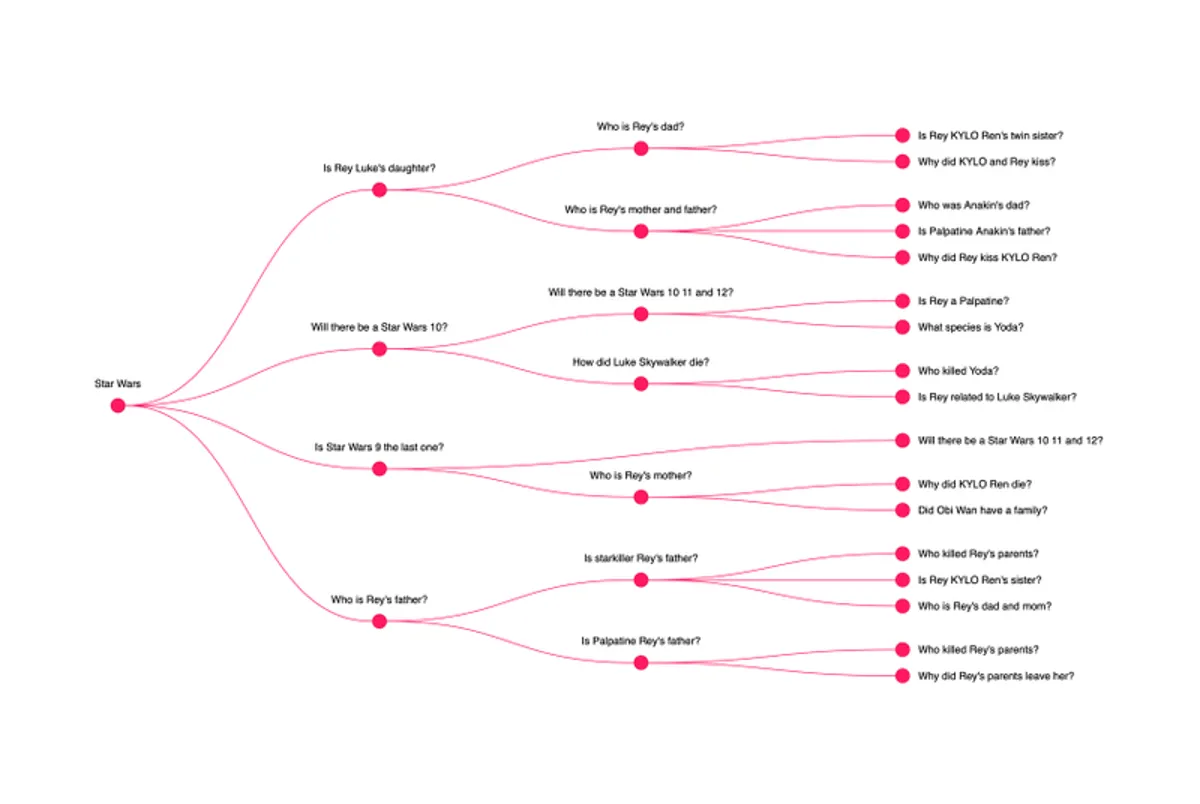
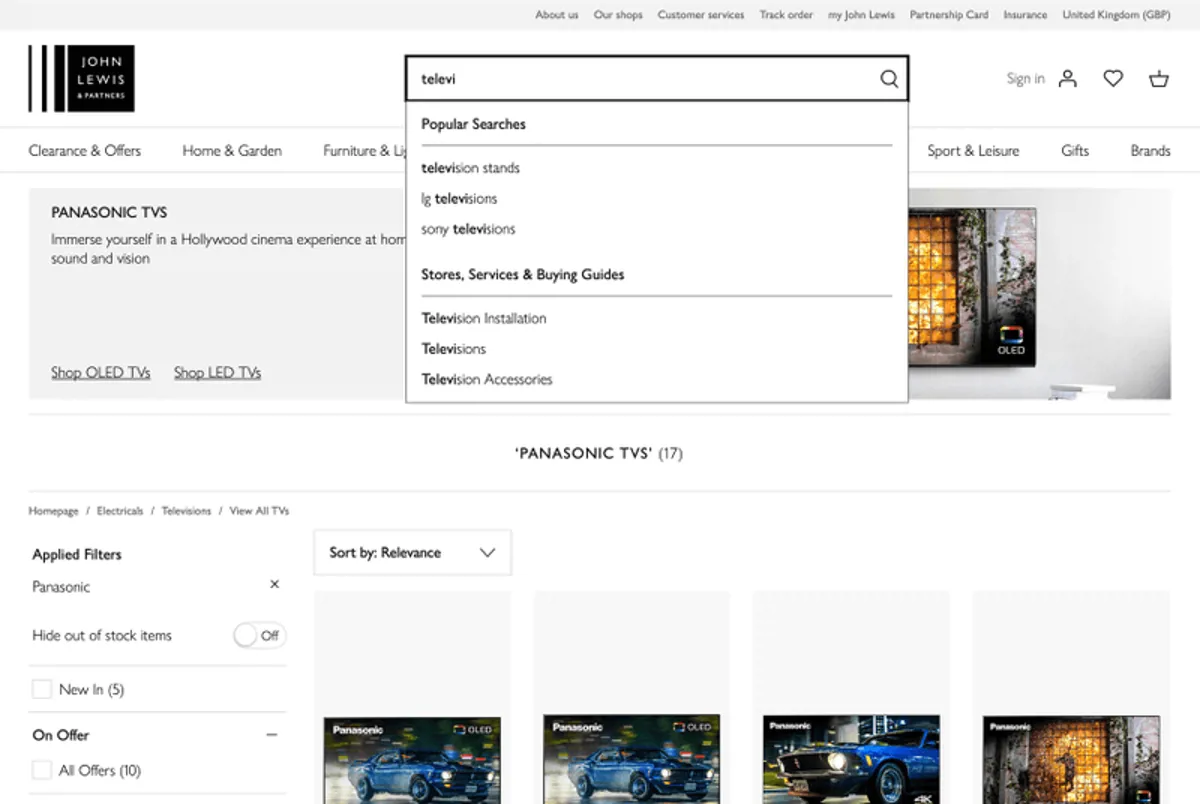
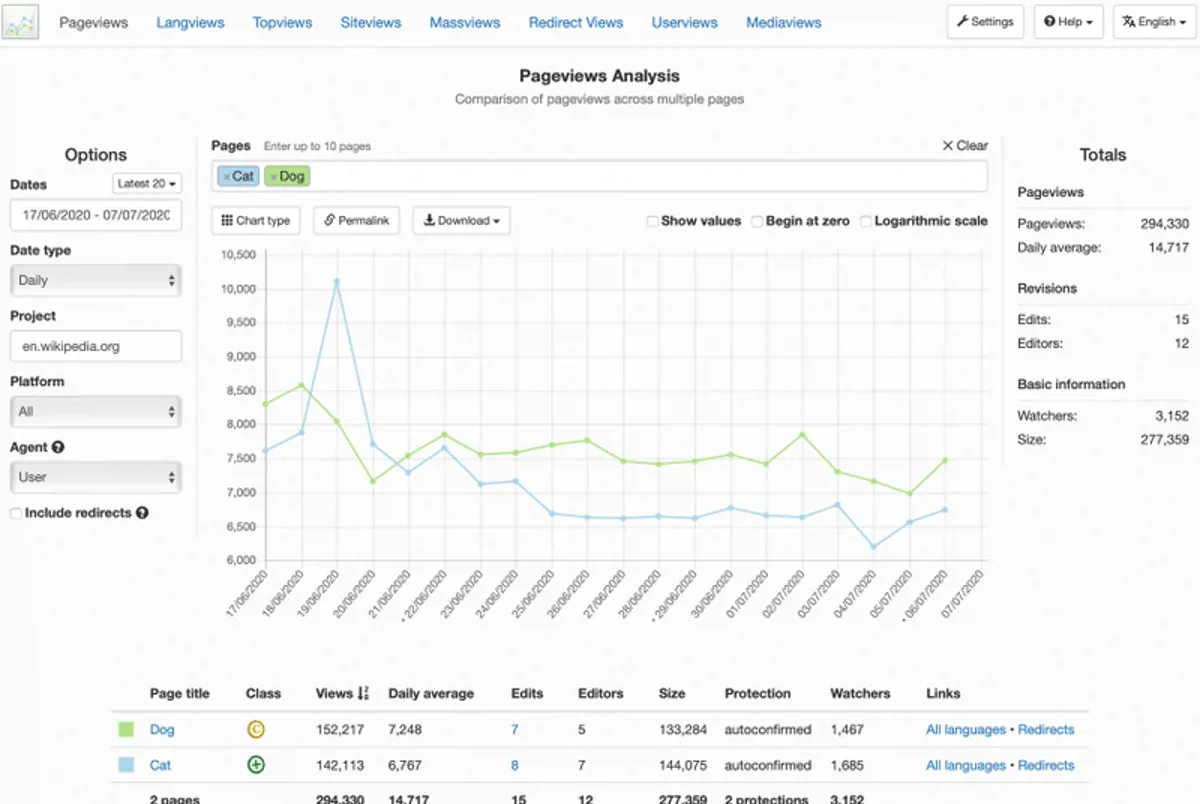
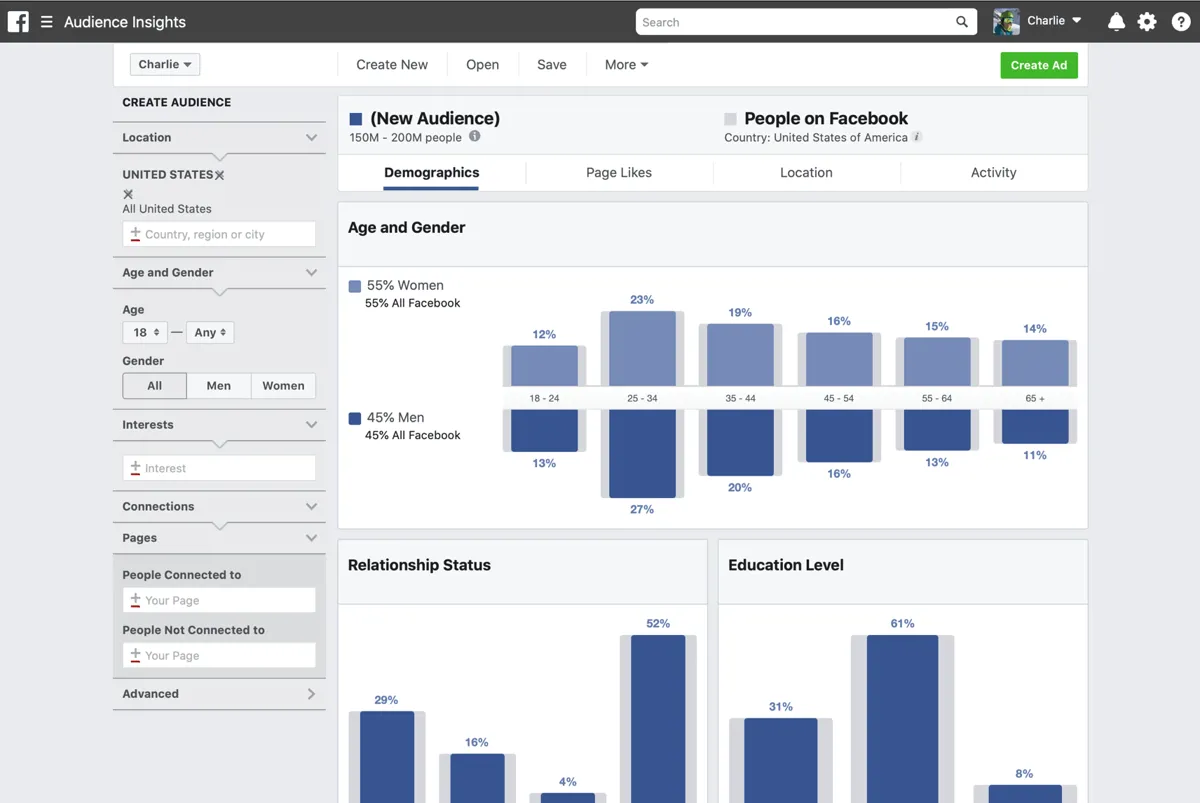
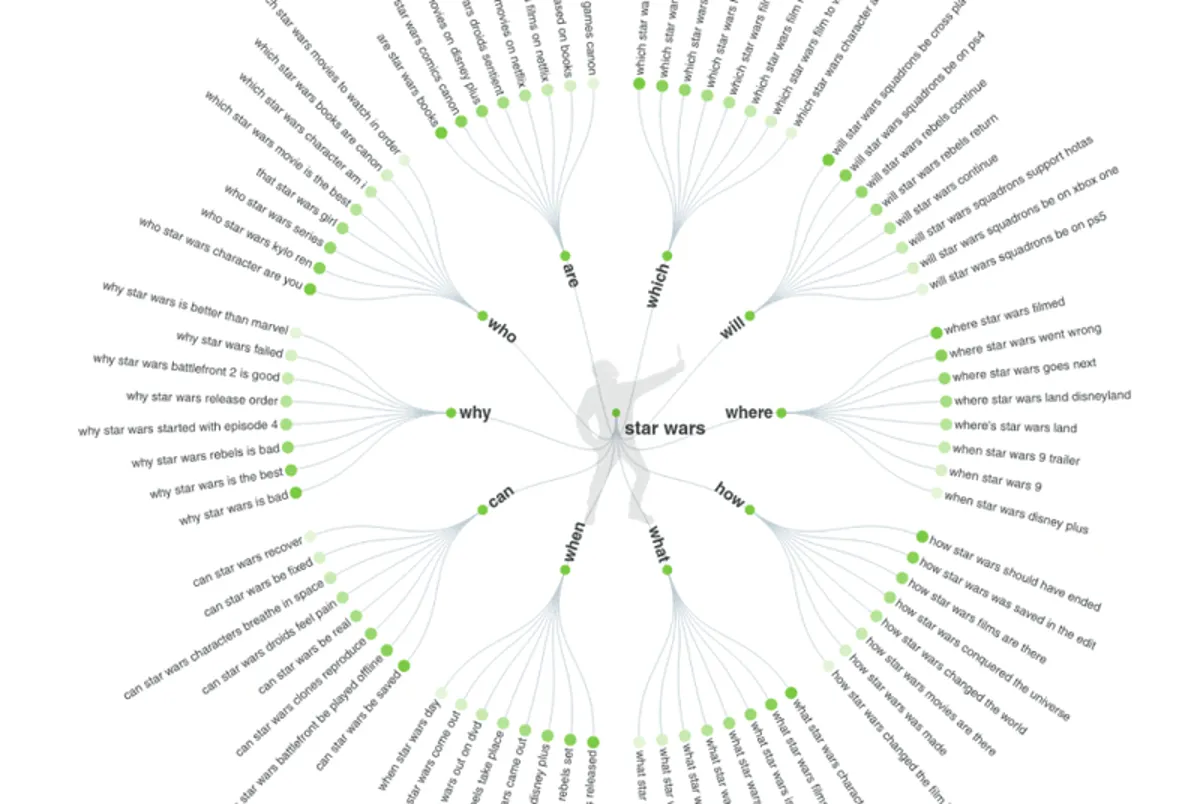
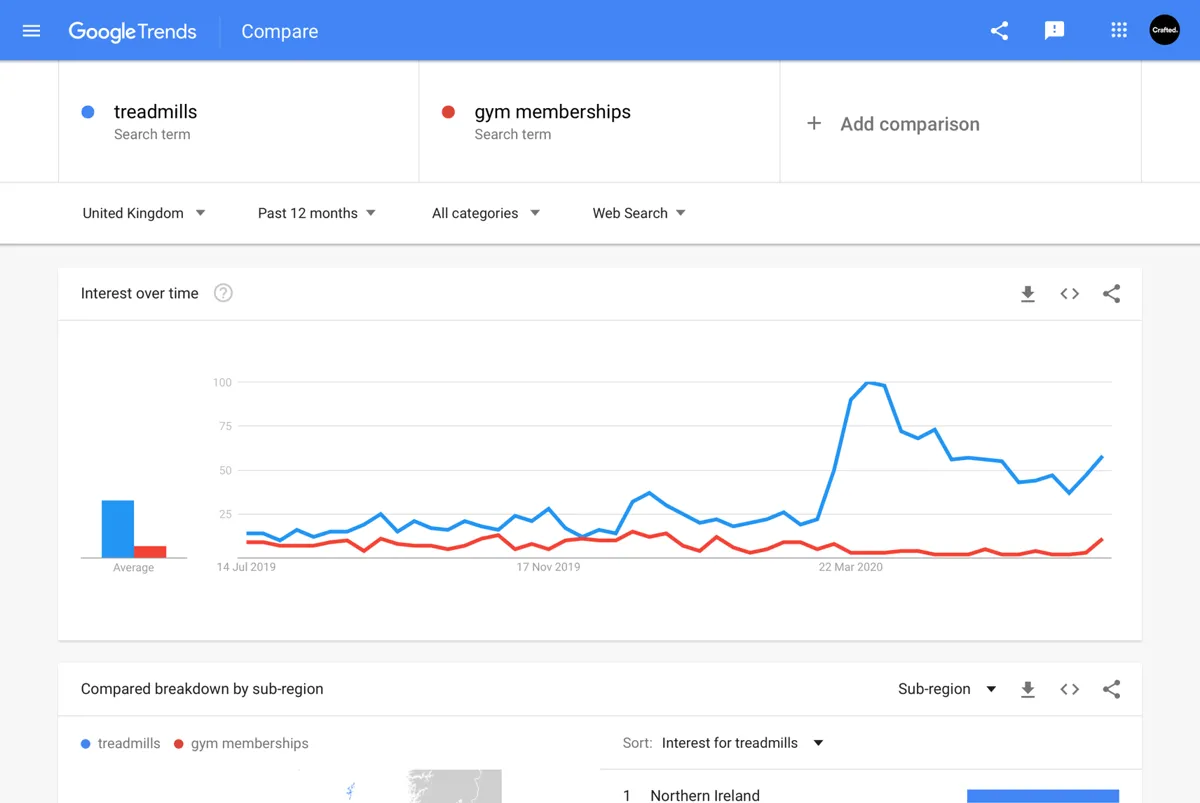
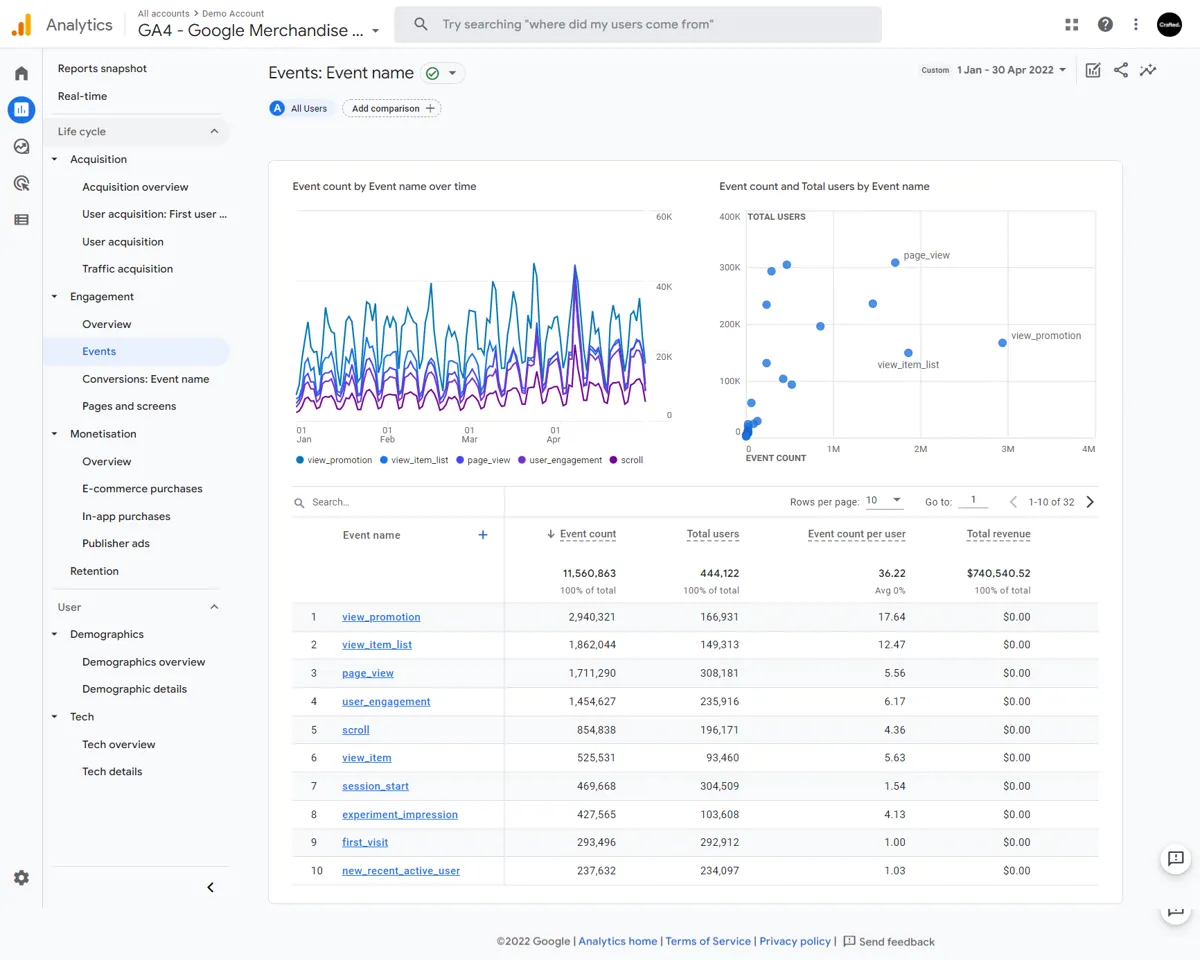
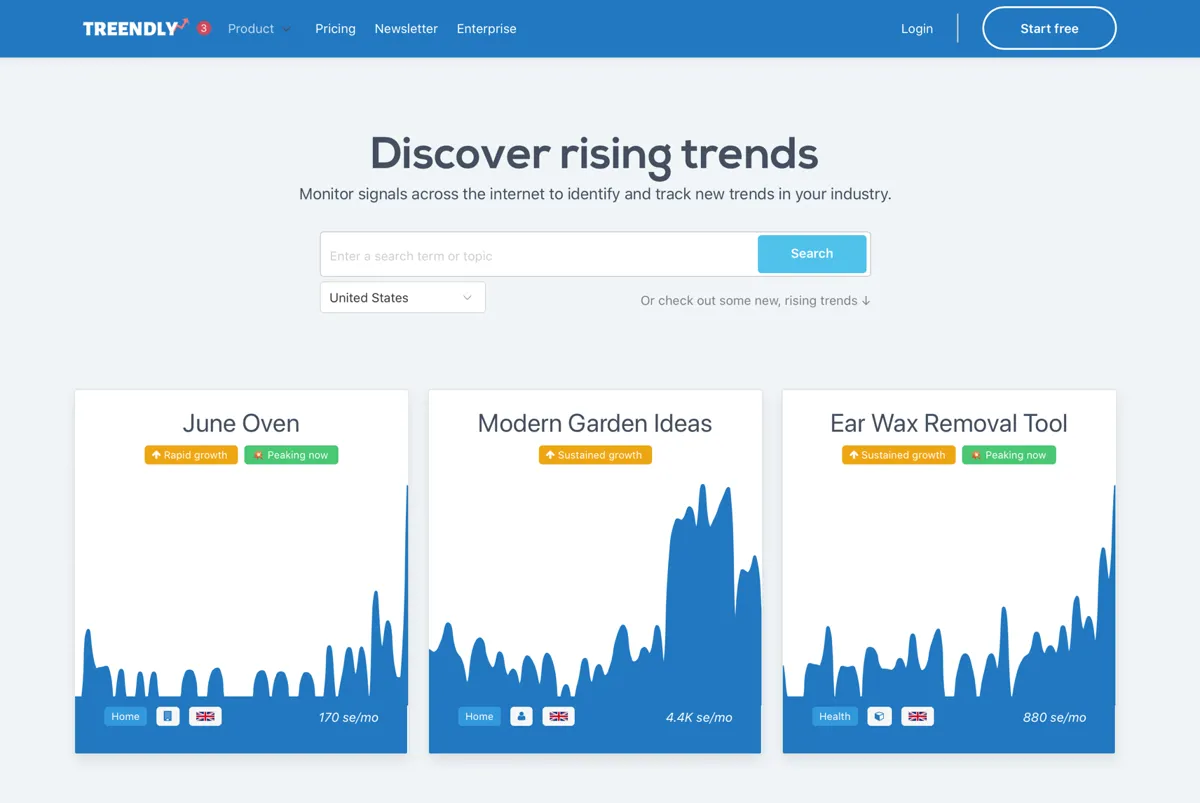
Tools to help understand audiences better.

New channels come and go. Technology delivers faster speed, efficient scale, and shed loads of new data. But the need to know your customer never changes.
In this toolkit, we’ve shared several easily accessible yet powerful tools and techniques you can adopt to build a better understanding of your customers. Keeping this guide close will help you move from assumed knowledge, to up-to-date understanding.
While the opportunities below will help you identify trends, topics, and behaviours, we’d always recommend following a more robust process when basing strategic marketing decisions on insight. Your business is unique, and Crafted consultants can discuss how we would approach an insight project based on your needs. If you’d like more detail, get in touch.
As ‘people also ask’ becomes more prevalent in Google, AlsoAsked.com helps you understand what those related queries are.

When people search for information, they can often have several questions on their mind (particularly for more complex queries). The ‘people also ask’ box is a prime opportunity to gain SERP visibility, but also to develop more informative content. By reviewing the well-displayed related queries, you can quickly create a content blueprint. You can make use of up to ten searches a month for free.
Questions and queries will change over time, so don’t be complacent with the content. Be sure to keep it up to date and as relevant for the users as possible. It’s also worth remembering that it doesn’t include search volume, which makes it challenging to understand the true value of the content opportunity.
Use this insight to create your structure for key pages. Clearly, marked-up questions and answers will give you the opportunity to improve visibility and become the best source for both Google and, most-importantly, users.
The most direct data-feed of customers telling you what they are looking for.

Site search data can highlight potential issues with site navigation. If certain products have a higher volume of site searches, review how easy it is to find those through the website. It can also indicate opportunities to expand your product range where consumers may expect you to stock certain products; an empty site search results page is often a lost conversion opportunity.
Some consumers will naturally turn to site search to find specific products. It doesn’t always mean there’s an issue with site navigation, so combine it with user testing to get an accurate understanding.
Periodically review site search conversion values. These can provide the evidence to push certain products or content on key pages, improving ROI across the site.
PPC provides more than just conversion value. Don’t lock your insights away in the Google Ads interface.
Use search query data to understand search behaviour and intent. Smart features like Dynamic Search Ads allow you to discover a broader range of relevant queries. Reviewing the language and phrasing of search queries can inform your onsite content and SEO strategy. Formats such as PMax and DemandGen are starting to share more insights on ad performance which can guide decisions on creative across other platforms. It's worth noting that this is still somewhat limited though.
It’s worth reviewing the types of queries Dynamic Search Ads are appearing for to ensure budget isn’t being attributed to irrelevant searches.
Wikipedia achieves over 21 billion page views each month, and it shares its analytics data publicly.

Wikipedia’s online dominance, hosting over 6 million articles on the English Wikipedia alone, means it has a wealth of insights on what your people are interested in and searching for. Use its Labs feature to compare trends and inform content strategy and seasonal messaging.
Just because a topic area spikes in interest, purchase intent may not follow the same trend.
Before you start surveying your customers, you may already have the answers.
Review what customer information you collect and think about how this could be used to gain insights. For instance, postcode data can reflect how far consumers are willing to travel to physical stores or attractions.
When using or sharing data with partners, make sure the correct steps are taken to ensure it’s GDPR compliant.
Ticket sales data can also be compared against third-party feeds such as weather. Armed with that insight you can create your rainy-day strategy, whether that’s prioritising advanced ticket sales or creating automated bid modifiers on paid activity when the weather changes.
Facebook has around 2.5 billion monthly active users, with Instagram having 1 billion monthly active accounts. Its dominance provides audience insight at a very granular level.

When creating ad campaigns, you can see this information without having to run activity. It can help you learn about interests across different demographics, understand your own fans and look for new audience segments. You’re also able to upload your own customer data to see insight on those too.
There’s lots of useful information available but only go as granular as you need when creating different audience segments.

How to use.
Add a simple keyword and it will provide an extensive list of popular ways consumers ask questions around that topic. From what, why, how queries to an alphabetic list of related keywords, there is a huge amount of insight to be gained.
Watch out for.
While the initial insight provided by the tool are free, if you want to increase the level of detail you have access too, there are various monthly pricing offers that will give you access to more data and insights.
Expert tip
Think about Google’s E-A-T principles when reviewing these content opportunities. Do you have expertise in this subject area? Are you an authority? Are you a trustworthy source of information? If yes, then it may be worth adopting those topics as part of your content strategy.

Over time peoples’ interests change. This has never been more true than in the modern day when we can become experts in new hobbies from our couch or even turn the living room into a home gym. Google Trends, provides some level of insight into how things are changing. Use it to look for long- term trends over time as well as reviewing short-term spikes of activity.
You can only see a relative search volume factor ranging from 1-100. It doesn’t show absolute search volume. This means that upward trend that looks like the next best opportunity could actually be insignificant when reviewing search volumes. Cross-reference with search volume tools such as the keyword planner tool, which won’t be 100% accurate, but will provide a better insight into the opportunity size.
Don’t only use it for product or purchase-focused search terms. Informational searches can often lead to a following purchase demand. For instance, ‘how to entertain kids at home?’ could soon be followed by ‘craft kits for kids’.
One of the most widely used customer insight tools.

How to use.
Your GA data is only as good as its setup. Make sure you’ve added all your custom definitions and conversions to get the most out of your reporting. Consider which metrics are important to your business. One place to start, could be comparing engaged sessions with total sessions to understand how many of your users are actively engaging with your site. You could then dive into the “Pages and screens” report to understand which of your pages are driving that engagement.
There is a lot of data in GA, and it can be overwhelming! However, when used correctly, it can provide great insight into how your site is being used and what your customers are interested in. If you want specific guidance on GA4, reach out to our team.
Watch out for.
Avoid sending events parameters that have greater than 500 unique values, within the same day. This can lead to cardinality issues which limit the amount of data available in reports.
Expert tip
Mark your events as conversions to view data using Google’s “Cross-channel data-driven model”. This is possible using the “Explore” report feature. Remember, events are only tracked as conversions AFTER you mark them as conversions. It’s important to get them setup as early as possible.
Get a head start on the competition by monitoring key trends that you already know of and, more importantly, ones that you haven’t.

This tool is packed with helpful features to build up an understanding of how certain topics and keywords are performing over time. It can provide alerts and help you monitor changes as well as providing monthly search volumes. You can search unlimited trends and monitor up to 1 trend for free.
The tool uses data supplied by Google (as well as some other sources), so expect the findings to correlate with Google Trends. This won’t provide more evidence to support your findings in Google Trends and the traffic available is an estimate.
Conclusion.
The difficulty lies not so much in developing new ideas, as in escaping from old ones.” John Maynard Keynes, British Economist.
Customers change. It’s easy to become complacent and make decisions based on subjective views rather than data-led insight.
Using these tools correctly can help you break away from preconceived ideas, help you to discover new opportunities, and create more effective marketing campaigns.
But these are just the start. To really outperform, insight projects should become a dedicated part of your ongoing marketing strategy, with specific budgets to support them.
Partnering with an agency can bring data from paid solutions and partnerships, offering another level of insight. It also unlocks access to specialists who spend every day sifting through data and looking for trends, often meaning you can reach your goals faster and gain insight on areas that you may never have thought of.